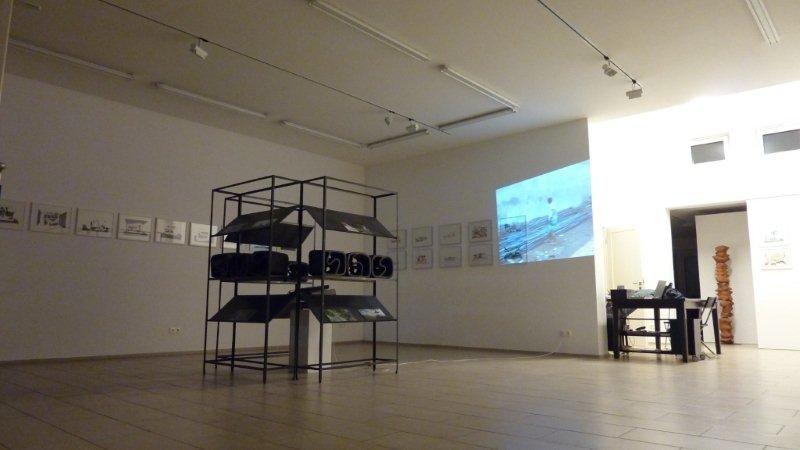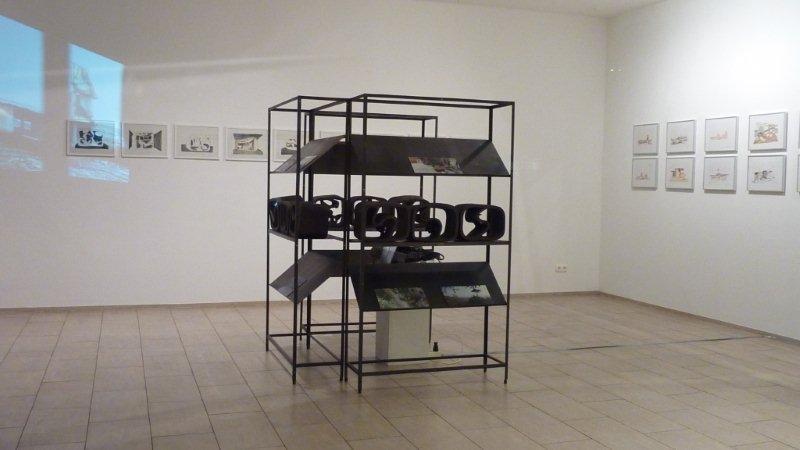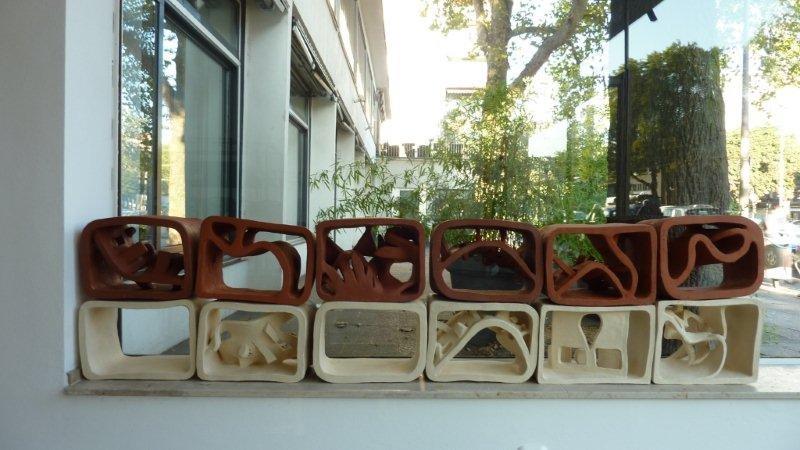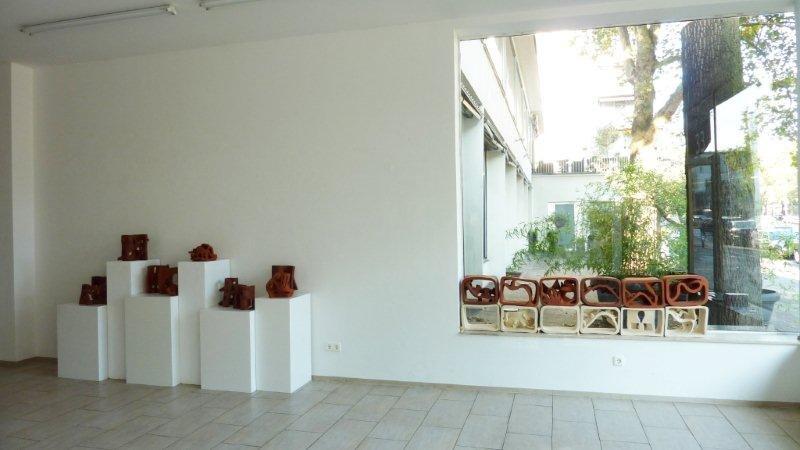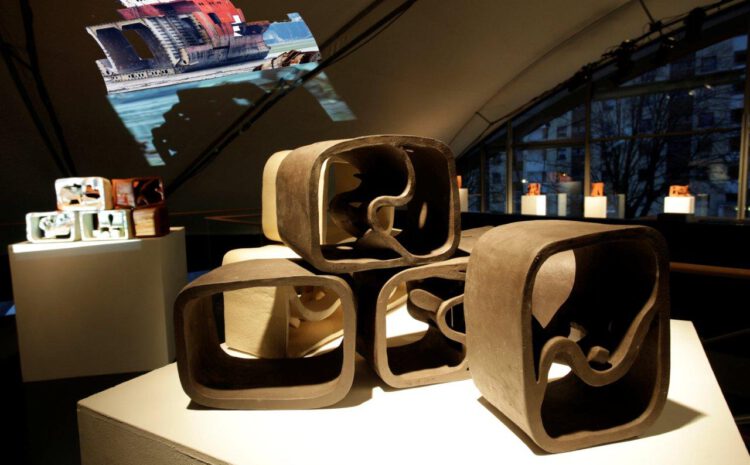
Chittagong Blues
Nele StröbelChittagong BluesFor more than two decades, the Munich-based sculptor NeleStröbel has been exploring and processing the most diverse concepts of space in her multi-layered work. Her work is situated in the field of tension between experienced, remembered or present human (action) space – which manifests itself in architectural constructs as well as in digital data streams – and artistically freely designed spatial situations created by sculptural works, analytical drawings, projections and spatial installations, which are always a reflection of Ströbel’s examination of places and their special characteristics shaped by human beings.At the Puchheim Cultural Center PUC, Nele Ströbel is now exhibiting her current project “Chittagong Blues,” for which a working trip to Dhaka and the coastal city of Chittagong in Bangladesh was the catalyst. There, Nele Ströbel worked together with the local art academy – in a place that is characterized by a special form of industry. Chittagong is a center of “shipwrecking” – under the harshest working conditions, decommissioned ocean liners are dismantled and cannibalized to produce reusable material, from raw materials such as steel and iron to machinery, equipment and individual screws, which are sold in so-called “shipwrecking boutiques. Through the Chittagong Art Academy, we had the opportunity to enter the restricted area. Here, huge ocean liners are set on the beach at full steam at high tide and dismantled with welding torches and manpower.The large wreckage pieces stand like sculptures in no man’s land against an endlessly flat horizon. Here I started with the sketches for the terracottas. Later I visited the ironworks where the large plates are cut up and forged into structural steel. The furnishings from the ship’s interior are sold in so-called “wreckshops” or “ship wrecking boutiques” on the dusty road to Dhaka. An artistic approach to the creative power of survival strategies in a country without mineral resources and with infinite human resources, actually indescribable.” (Nele Ströbel on her work in Chittagong)Nele Ströbel developed her multimedia spatial sound on the iron workers in Bangladesh for the PUC. Under the impression of the work on the gigantic ship steel plates, the artist has created clay works, which are arranged on large white cubes. A rotating projector projects a photo-video loop onto these and the modeled clay objects, for which Nele Ströbel filmed in the closed-off scrapping area by the sea and in an ironworks in Chittagong, accompanied by sound material that was also recorded on site. In addition, drawings are shown that approach the topic (topo-)graphically.
With the Chittagong Project, Nele Ströbel’s work once again moves in the force field between art and technology – this time negotiating the constructive deconstruction that takes place in Chittagong’s scrap yards, ironworks, dismantling plants, and recycling markets.These ship constructions, which are steered across the oceans to finally land in Chittagong, are made of steel and iron, ultimately ore taken from the earth. In an inaccessible intermediate zone between sea and land, they are disemboweled and dismembered in a “spectacle of hell” with sweat-fire and human power, to be returned to raw material as iron in a land without ore reserves. This material cycle becomes the starting point of the clay works, the sculptures are cut and formed from “solid” clay plates, just as in Chittagong enormous steel plates are cut and formed, melted down. The (clay) earth experiences an analogous treatment as the ore product from the earth, fire and heat play both times an important role. With the cuts into the surface, its bending up and rearing up, a three-dimensionality is created, space is appropriated. The dimensions are explored, in red and light tone, freely unfolding or inscribed, “housed”, in a tonal outer form. The creation and development of forms can be experienced and understood – “dead” material comes to life through human, artistic work. The photo and film material literally “expose” the topographical background of the clay sculptures: The circling projector lets the images glide over the installation like the light beam of a lighthouse, the clay works emerge like flotsam on a dark sea.Dagmar Schott November 2011
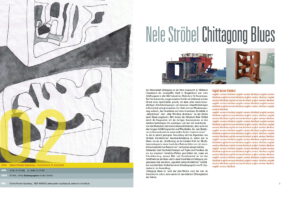
visiting Mahmud and Chittagong (art academy and ship- wrecking) |
|||
|
25 years Gasteig: kunst-koffer-gasteig – A mobile installation The artist Nele Ströbel has sifted through the archives at the Gasteig and talked to initiators and participants about the earlier projects on art, culture and history, the performative, “classical” art exhibitions and the interactive. The results can be seen in April as projection loops and on the media cases. The highlight is the current exhibition of the MVHS in the Aspekte Galerie with photographs of Mahmud: Nele Ströbel visited him and his artist friends in Bangladesh and transferred her impressions artistically. This is particularly interesting in light of Bangladesh’s first participation in the 54th Biennale di Venezia in 2011. Visit to Text from the event program of gasteigelements: Sunday, 25.07.11, 22.30-23.05, Distant Worlds-Room Gasteig Scenic approach to work environment, studio and outdoor activities at art academy and cricket ground. Conversation with Mahmod on the roof of his family home near Dhaka’s main market. Visit to
|
|||




.jpg)
.jpg)



.jpg)
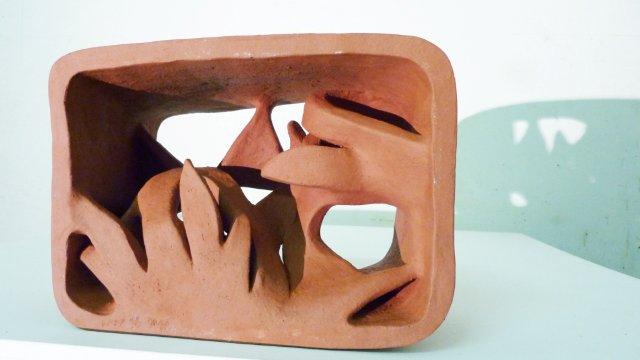
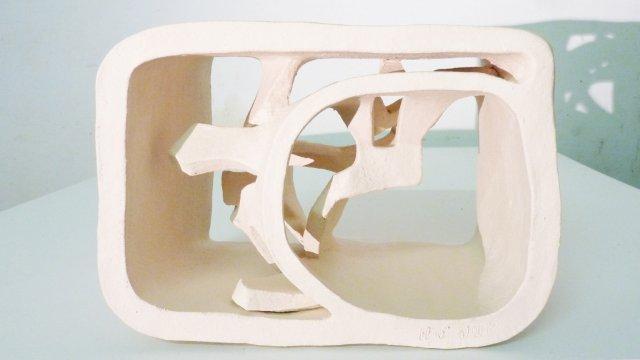
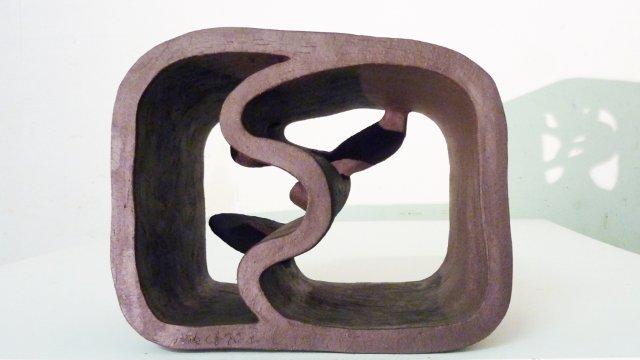
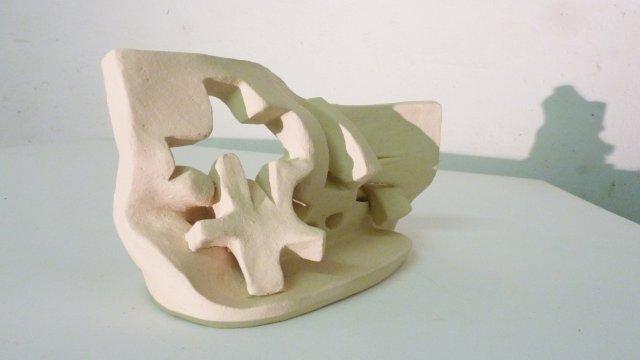


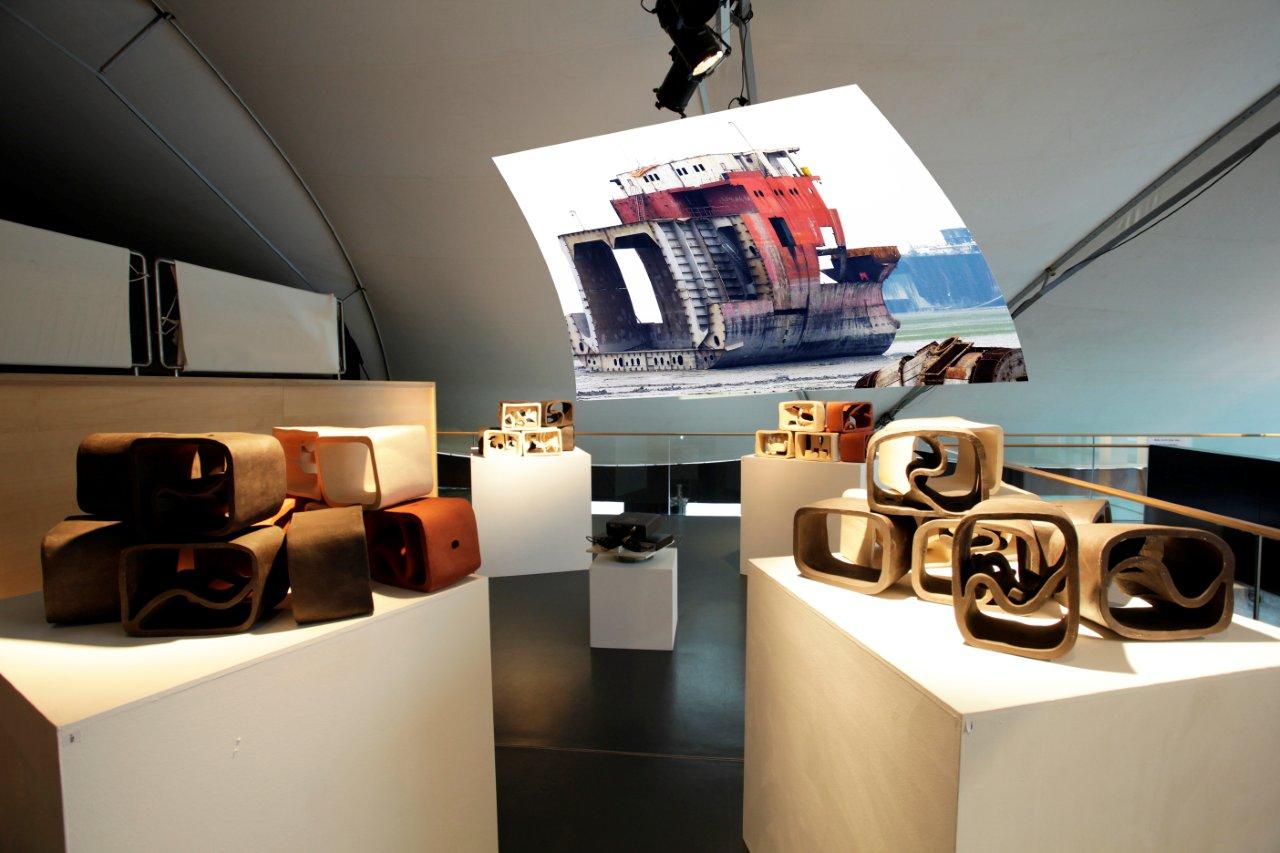
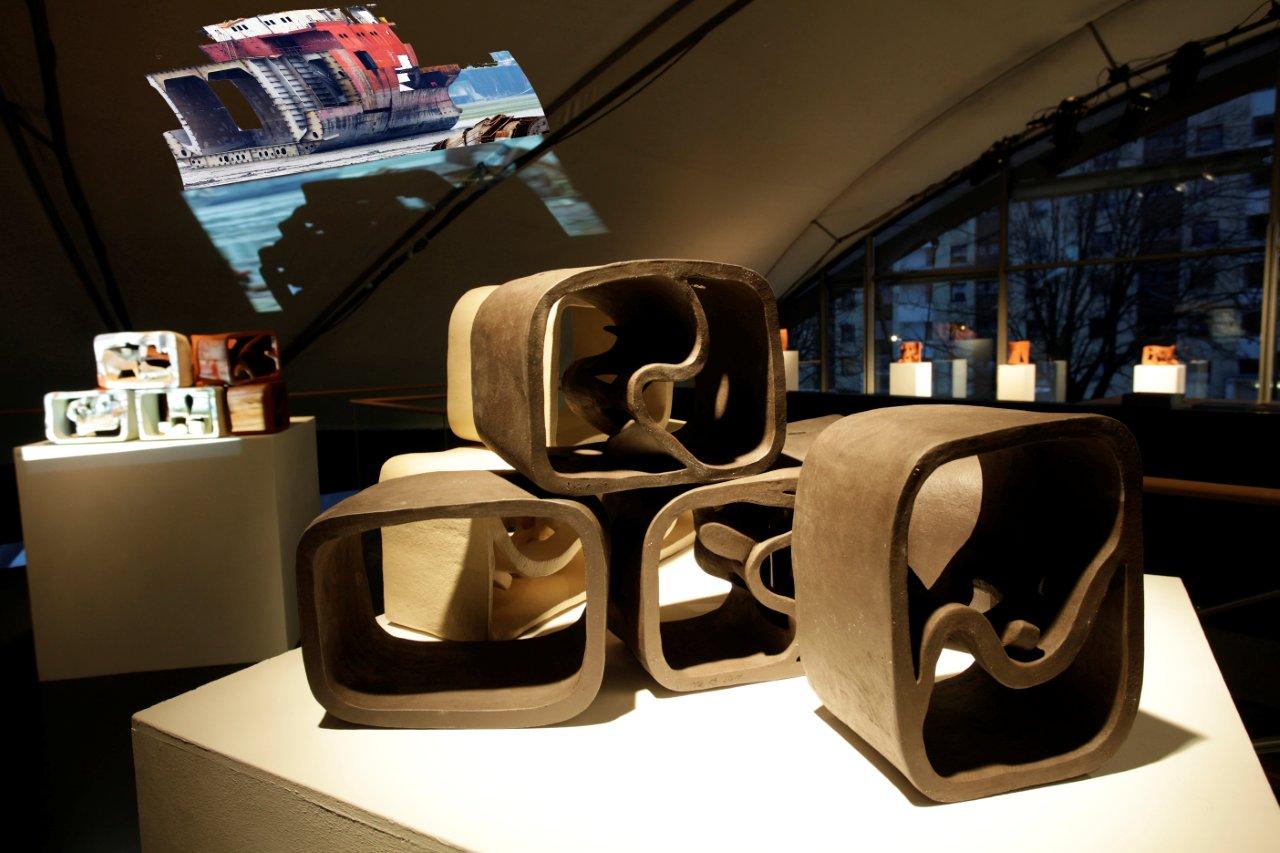

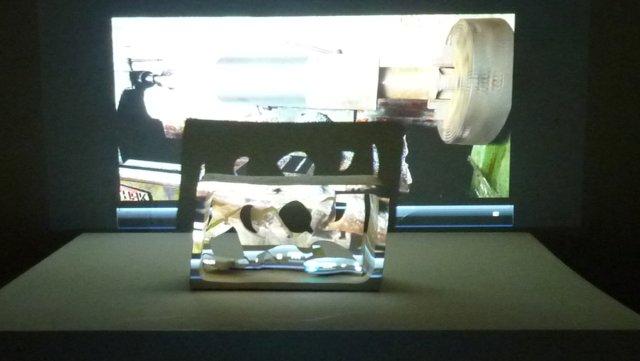
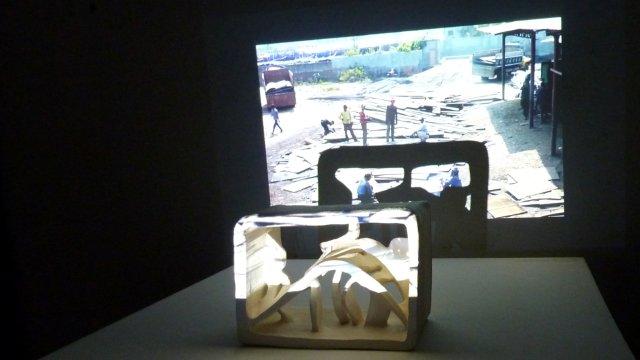
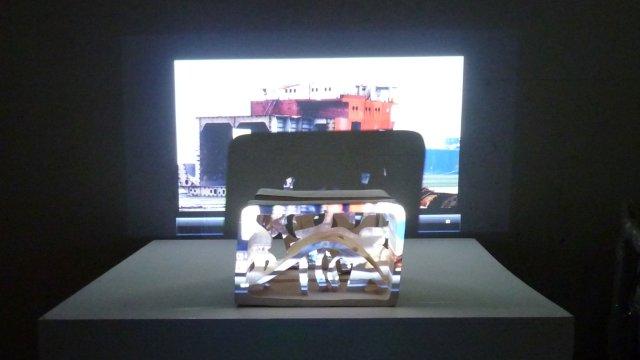
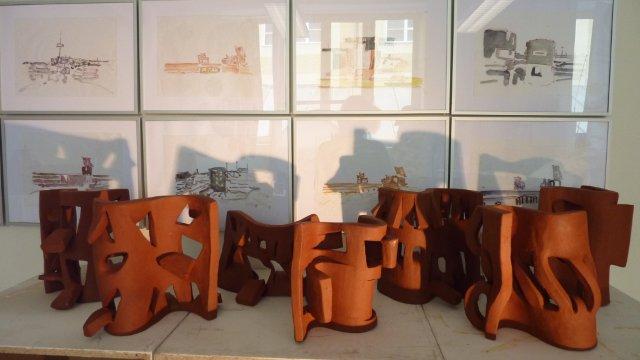
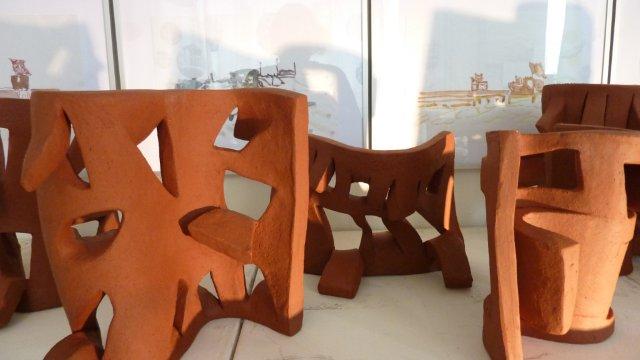
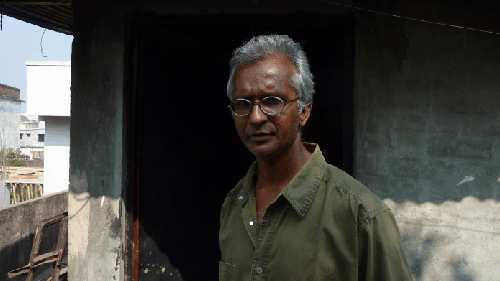
.jpg)
.jpg)
.jpg)

.jpg)
.jpg)
.jpg)
